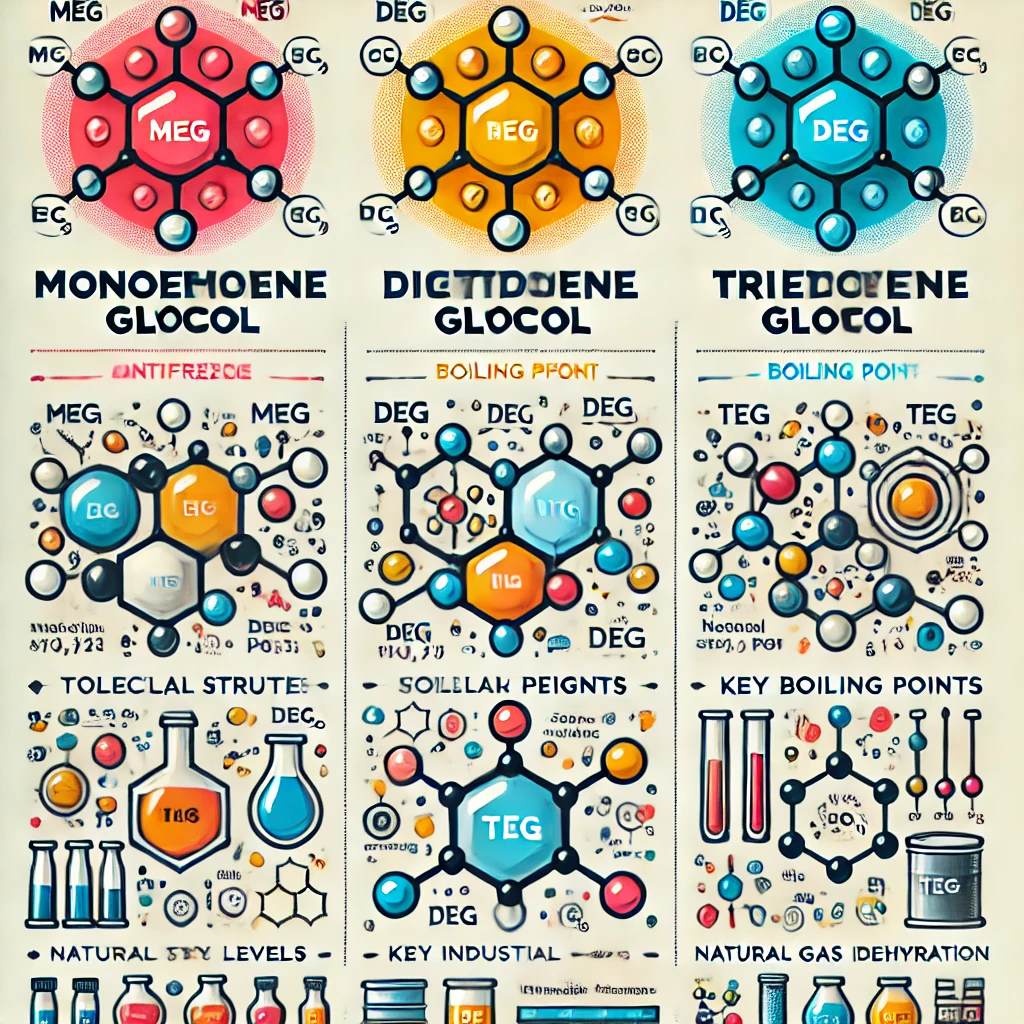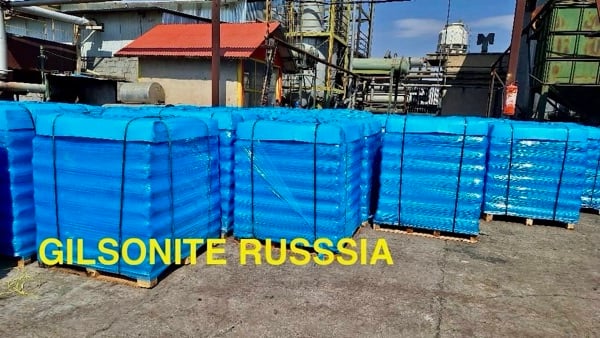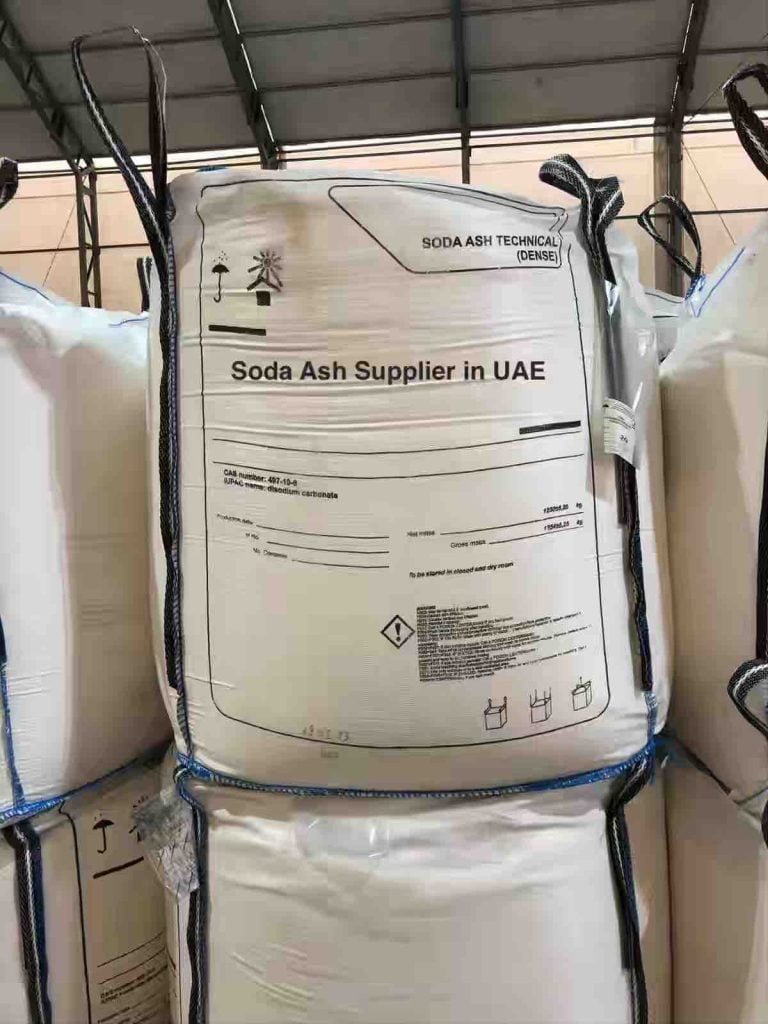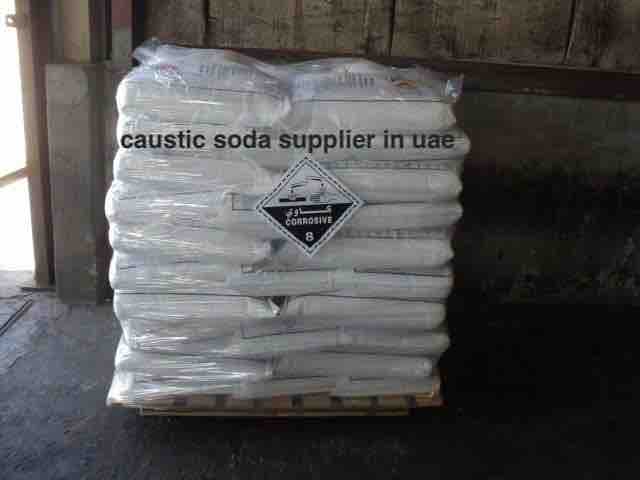Bitumen supplier in Romania
Comprehensive Guide to Bitumen Supply in Romania: Grades, Applications, and Key Cities Bitumen, a crucial material for construction and infrastructure development, plays a pivotal role in Romania’s growing road network and industrial projects. As a reliable supplier of bitumen in Romania, we ensure top-quality products that meet industry standards and cater to diverse applications. Our […]
Bitumen supplier in Romania Read More »






